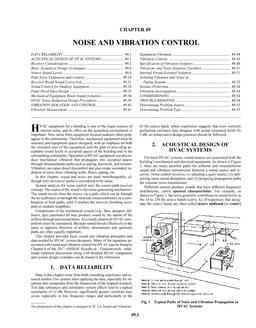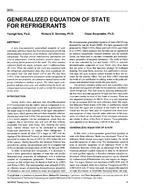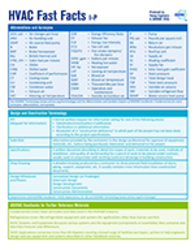Describes the development of an empirical model for the prediction of wind-induced indoor air motion in naturally ventilated buildings, as needed for the assessment of thermal comfort. The model is based on correlations developed from a large set of experimental pressure and velocity data collected from architectural models in a boundary layer wind tunnel. The goal of the study was to examine and formalise the relation between indoor air motion parameters (velocities and turbulence intensities) and the external surface pressure distribution on sealed models for which data bases and correlations are now available. States the correlations, based on nearly 300 tests, predict indoor air motion with a good level of accuracy, as a function of wind direction, window size and the external pressure distribution measured on sealed models.
KEYWORDS: Calculating, air flow, buildings, ventilation, natural ventilation, thermal comfort, wind tunnels.
Citation: Symposium, ASHRAE Transactions, vol.97, Pt. 1, New York 1991
Product Details
- Published:
- 1991
- Number of Pages:
- 14
- File Size:
- 1 file , 1.7 MB
- Product Code(s):
- D-18574


